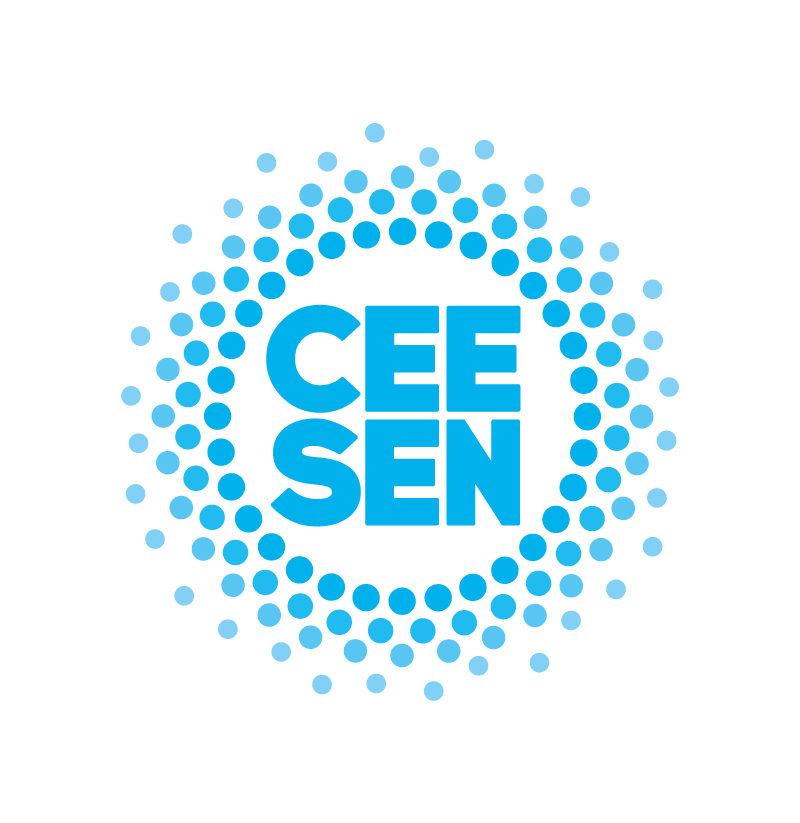Within the framework of the IRENES project, the Estonian Environmental Agency, in cooperation with the Estonian University of Life Sciences, developed map layers based on the methodology for assessing the tradeoffs and synergies of renewable energy and ecosystem services, which can easily be used in the planning process.
“IRENES maps provide valuable additional information for developers and planners – the maps clearly show, for example, the priority areas for wind energy development. In areas that already offer many different ecosystem benefits (the hotspots), the addition of wind energy may be too much”, said Indrek Laas, Project Manager of the Environmental Agency
The maps show the distribution of ecosystem service hotspots in Estonia and the connections with other areas (wind speed, protected areas, and green areas). “IRENES map layers are based on scientific results, are scalable, and can easily be used in combination with other map layers used in planning to reduce the negative impact of planned objects,” said Miguel Pecina Villoslada, a researcher in ecosystem services at the Estonian University of Life Sciences.
In the long run, versatile planning of renewable energy facilities leads to the improvement of the living environment at the level of the individual, nature and the community and contributes to the development of a sustainable economy. “It is very important that decisions on the development of renewable energy facilities are made on the right basis and based on a scientific method,” added Elis Vollmer, head of the Center of Renewable Energy in the Estonian University of Life Sciences.
Maps of IRENES ecosystem services and renewable energy can be found on the Estonian Environment Agency map story platform: https://storymaps.arcgis.com/stories/2c2b3527e2134450b321e6e8a7100a14 In the future the maps will be accompanied with a methodology for planning appropriate mitigation measures for
The map material was developed within the IRENES project. The IRENES project brings together ten partners from five European countries and is based on collaboration between research institutions and the public sector to develop methodologies and effective methods to ensure the maximum involvement of ecosystem services in renewable energy development from an environmental, economic, social and governance perspective.
